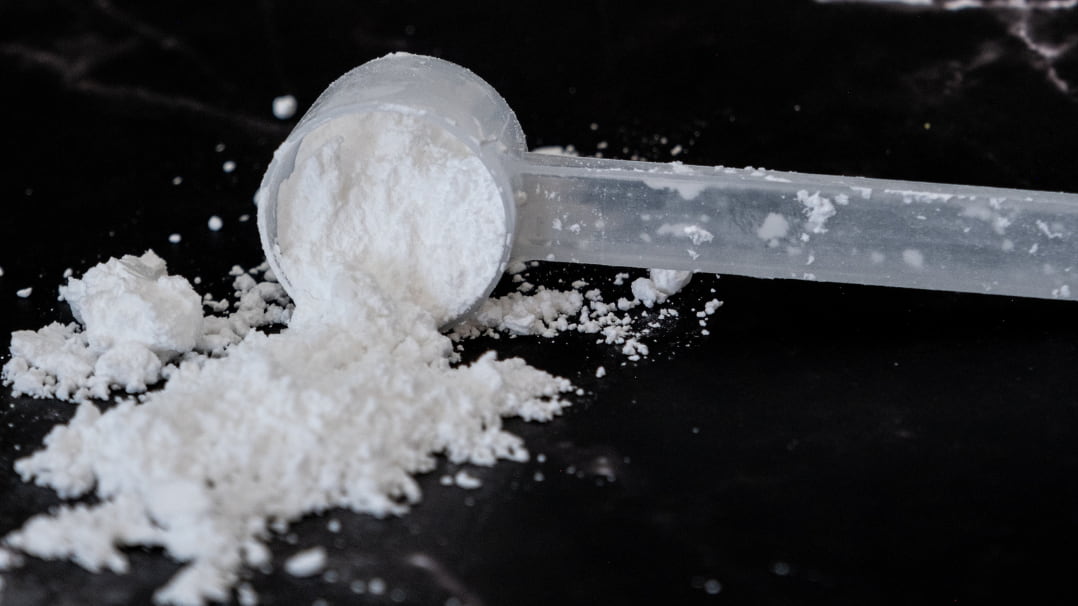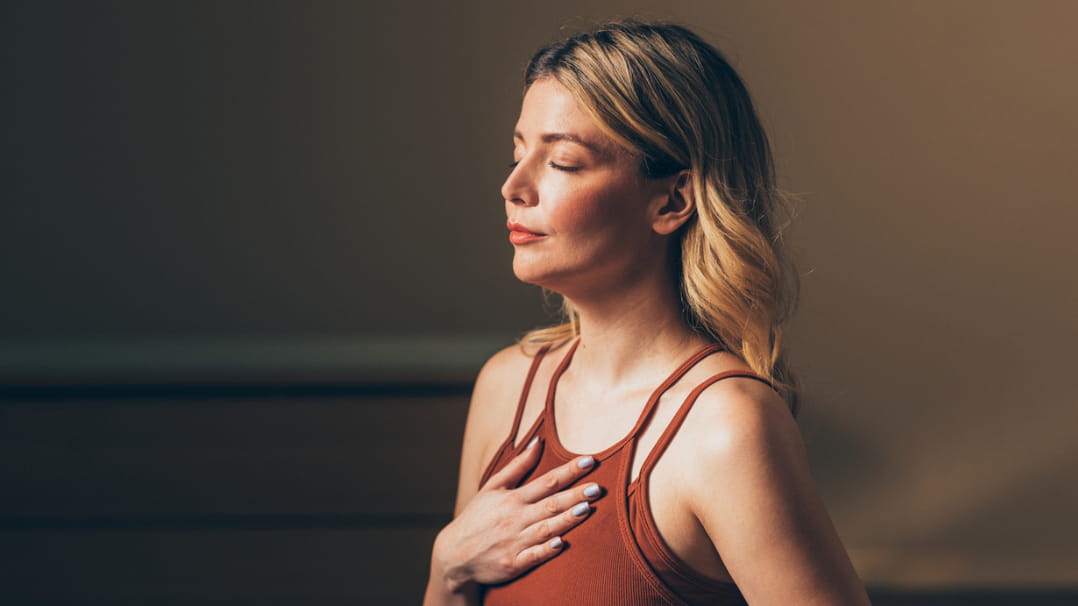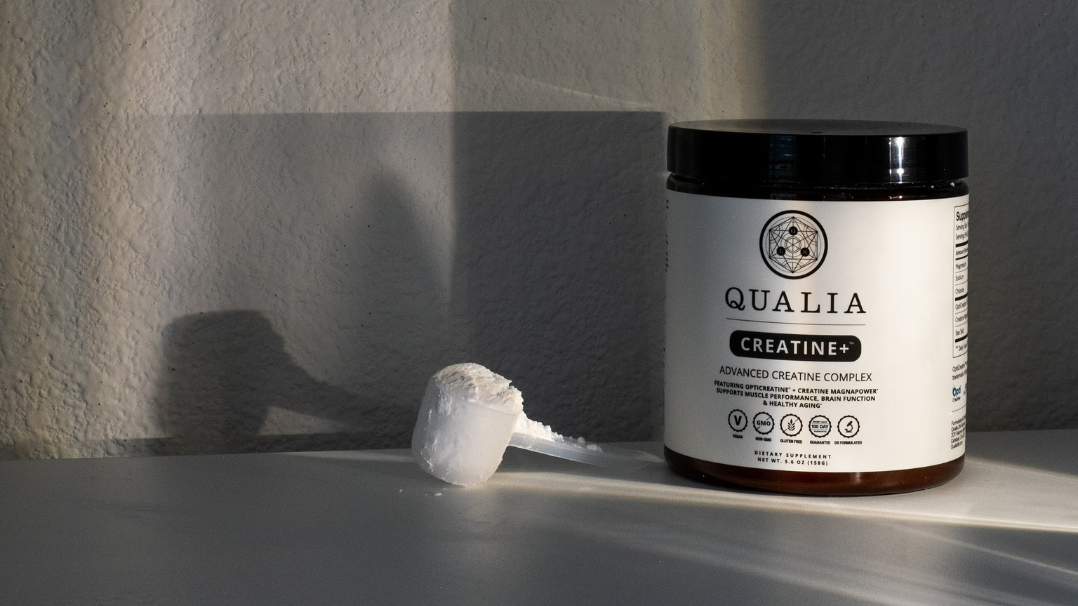Right now, there are still many unanswered questions about the new coronavirus and the evolution of COVID-19 is still unpredictable.
At this point, the only thing that is certain to make a difference is prevention.
Here, we’ve compiled some important information about the new coronavirus and the official guidelines to help protect your health and help stop the spread of COVID-19.
Check regularly for the latest news. You can find up-to-date information at:
Johns Hopkins University & Medicine Coronavirus Resource Center
U.S. Centers for Disease Control and Prevention
What is COVID-19?
COVID-19 is the infectious disease caused by the most recently discovered coronavirus (severe acute respiratory syndrome coronavirus 2 — SARS-CoV-2). This new virus and disease were unknown before the outbreak began in Wuhan, China, in December 2019.
What is a coronavirus?
Coronaviruses are a type of viruses which may cause illness in animals or humans. In humans, several coronaviruses are known to cause respiratory infections ranging from the common cold to more severe diseases such as Middle East Respiratory Syndrome (MERS) and Severe Acute Respiratory Syndrome (SARS). SARS-CoV-2 is the most recently discovered coronavirus; it causes the coronavirus disease COVID-19.
What are the symptoms of COVID-19?
Most common symptoms of COVID-19:
- Fever
- Tiredness
- Dry cough
- Shortness of breath
Other symptoms that begin gradually:
- Aches and pains
- Nasal congestion
- Runny nose
- Sore throat
- Diarrhea
Serious symptoms:
- Difficulty breathing
People with fever, cough and difficulty breathing should seek medical attention.
How serious is COVID-19?
Illness due to COVID-19 is generally mild, especially for children and young adults. Four out of every five people (80%) develop only mild symptoms and recover from the disease without needing special treatment.
However, it can cause serious illness: about 1 in every 5 people who get COVID-19 become seriously ill, develop difficulty breathing, and need hospital care.
COVID-19 can cause death.
Who is at risk of developing serious illness?
Older people, and those with underlying medical problems like high blood pressure, heart disease, lung disease, cancer or diabetes.
Is there a vaccine, drug, or approved treatment for COVID-19?
Not yet. To date, there is no vaccine and no specific antiviral medicine to prevent or treat COVID-2019.
Antibiotics do not work against viruses, they only work on bacterial infections. COVID-19 is caused by a virus, so antibiotics do not work.
Those affected should receive care to relieve symptoms. People with serious illness should be hospitalized. Most patients recover thanks to supportive care.
Possible vaccines and some specific drug treatments are under investigation. They are being tested through clinical trials.
At the moment, the most effective ways to protect yourself and others against COVID-19 is through preventive measures: frequently clean your hands, cover your cough with the bend of elbow or tissue, and maintain a distance of at least 1 meter (3 feet) from people who are coughing or sneezing.
How does COVID-19 spread?
The disease is transmitted from person to person. People can catch COVID-19 from someone who has the virus. Possible animal sources of COVID-19 have not yet been confirmed.
Transmission occurs through small droplets from the nose or mouth which are spread when a person with COVID-19 coughs or exhales.
People can catch COVID-19 if they breathe in droplets from a person with COVID-19 who coughs out or exhales droplets. This is why it is important to stay more than 1 meter (3 feet) away from a person who is sick.
These droplets can also land on objects and surfaces. People can catch COVID-19 by touching these objects or surfaces, then touching their eyes, nose or mouth. This is why it is important to wash hands regularly and avoid touching the face.
Important note: Some people become infected but don’t develop any symptoms and don't feel unwell. They may still transmit COVID-19! This is why it is important to maintain social distance. You don’t know who may carry and transmit the disease.
How long is the incubation period for COVID-19?
The “incubation period” means the time between catching the virus and beginning to have symptoms of the disease. It is not yet known exactly how long the incubation period for COVID-19 is. Most estimates range from 1-14 days, most commonly around five days. Because it may take several days for symptoms to develop, some people may be infected and be unaware that they are infected.
How long does the virus survive on surfaces?
It is not certain how long the virus that causes COVID-19 survives on surfaces. Preliminary information on the COVID-19 virus suggests it may persist on surfaces for a few hours or up to several days. Clean and disinfect surfaces and objects that people frequently touch. Clean them with a simple disinfectant to kill the virus and protect yourself and others. Wash your hands frequently and thoroughly with soap and water for at least 20 seconds. If you can’t wash your hands, clean them with an alcohol-based hand rub. Avoid touching your eyes, mouth, or nose.
How can I protect myself and prevent the spread of COVID-19?
If you can, stay at home and work from home.
Why? At this point, the only thing that is certain to make a difference is prevention. We need to stop the spread of COVID-19.
The virus is transmitted from person to person. You don’t know who may carry and transmit the disease because it may take up to 14 days to start developing symptoms. Some people may be infected and be unaware that they are infected. They may still transmit COVID-19.
Also, some people become infected but don’t develop any symptoms and don't feel unwell. They may still transmit COVID-19.
This is why it is important to maintain social distance. You don’t know who may carry and transmit the disease. Social distancing is a public health practice that aims to prevent sick people from coming in close contact with healthy people in order to reduce opportunities for disease transmission.
But if you have to leave your home, you can reduce your chances of being infected or spreading COVID-19 by taking some simple precautions:
Maintain at least 3 feet (1 meter) distance between yourself and anyone who is coughing or sneezing.
Why? When someone coughs or sneezes they spray small liquid droplets from their nose or mouth which may contain virus. If you are too close, you can breathe in the droplets, including the COVID-19 virus if the person coughing has the disease.
Wash your hands frequently and thoroughly, using soap and water for at least 20 seconds. Use alcohol-based hand sanitizer if soap and water aren’t available.
Why? Washing your hands with soap and water or using alcohol-based hand rub kills viruses that may be on your hands.
Avoid touching eyes, nose and mouth.
Why? Hands touch many surfaces and can pick up viruses. Once contaminated, hands can transfer the virus to your eyes, nose or mouth. From there, the virus can enter your body and can make you sick.
Make sure you, and the people around you, follow good respiratory hygiene. This means covering your mouth and nose with your bent elbow or tissue when you cough or sneeze. Then dispose of the used tissue immediately.
Why? Droplets spread viruses. By following good respiratory hygiene you protect the people around you from viruses such as cold, flu and COVID-19.
Cover your mouth and nose with a cloth face cover when around others.
Why? You may be infected but not feel sick, in which case you may spread COVID-19 to others without being aware of that risk. Therefore, the CDC recommends that everyone wear a cloth face cover when they have to go out in public. The cloth face cover is meant to protect other people in case you are infected.
Cloth face coverings should not be placed on young children under age 2, anyone who has trouble breathing, or is unconscious, incapacitated or otherwise unable to remove the mask without assistance.
Do NOT use a facemask meant for a healthcare worker. The cloth face coverings recommended are not surgical masks or N-95 respirators. Those are critical supplies that must continue to be reserved for healthcare workers and other medical first responders, as recommended by current CDC guidance.
The efficacy of a cloth face cover is limited. The cloth face cover is not a substitute for social distancing. Continue to keep about 6 feet between yourself and others.
To learn more about cloth face coverings—how to wear them and remove them, how to make a cloth face covering at home—visit the CDC website.
Seek Care, But Call First. If you have a fever or any kind of respiratory difficulty such as coughing or shortness of breath, call your doctor or a healthcare provider immediately and explain your symptoms over the phone BEFORE going to the doctor’s office, urgent care facility or emergency room.
Why? If you have COVID-19, it will be important that you get medical assistance and that you minimize the possibility of transmitting it to other people. Over the phone, your doctor or healthcare provider will advise you on what to do and where to go and on the best course of action based on your signs and symptoms to prevent a possible spread of COVID-19. By calling ahead this will also help the doctors, nurses and other health care professionals protect themselves and other patients.
Stay at Home. Self-isolate by staying at home if you do feel ill. If you have mild symptoms such as headache, low-grade fever, runny nose, or other mild symptoms that can accompany a cold or flu, stay at home until you recover except to receive medical care.
Why? Avoiding contact with others will help prevent the spread of illness. Avoiding unscheduled visits to medical facilities will allow these facilities to operate more effectively and help protect you and others from possible COVID-19 and other viruses. If you are able to, arrange for someone to bring you food and other supplies while you are recovering. If you must go out, wear a mask and maintain distance between yourself and others to avoid spreading infection.
Only wear a mask if you are ill with COVID-19 symptoms (especially coughing) or looking after someone who may have COVID-19.
Why? Disposable face masks can only be used once. If you are not ill or looking after someone who is ill then you are wasting a mask. There is a world-wide shortage of masks, so WHO urges people to use masks wisely. Surgical masks or N-95 respirators are critical supplies that must continue to be reserved for healthcare workers and other medical first responders, as recommended by current CDC and WHO guidance. To learn more about when and how to use masks visit the WHO website.
How Do I Know If I Have COVID-19? The only way to know for sure is to be tested for COVID-19.
Why? The signs and symptoms of mild cases of COVID-19 can vary and may be similar to the common cold, a flu, or allergies. The virus causing COVID-19 is not the only virus circulating; viruses that cause common colds and flu are infecting people. And, depending on where you live, you may already be in allergy season.
How Do I Get Tested? In the U.S., if you are insured, contact your insurance company and ask them where you should go for testing. If you don't have insurance, visit https://findahealthcenter.hrsa.gov and enter your zip code to get addresses and phone numbers for health centers near you that might offer free testing. States are ramping up free COVID-19 testing, so check with your state’s Department of Health to find out what might be available near you.
Why? Getting tested is the only way to know whether you have COVID-19. If you have symptoms that suggest you might be infected DO NOT go to an emergency room to get a test for COVID-19 unless you are having a medical emergency. If your symptoms are caused by a different virus, going to an emergency room could expose you to the virus causing COVID-19. And, using emergency room services for non-emergency needs will place an extra burden on the facilities and services that are needed for the sickest and most vulnerable.
How Can I Find Out About COVID-19 Information and Services Near Me? In the U.S., your State Department of Health is a resource for information and services. A shortcut to finding your state’s website is to use the CDC’s webpage on State & Territorial Health Department Websites, which has links to health departments in all 50 states, 8 US territories and freely associated states, and the District of Columbia.
Why? State Department of Health websites will be most relevant to what is going on near you with COVID-19, as well as providing information on available resources such as free community testing.







No Comments Yet
Sign in or Register to Comment